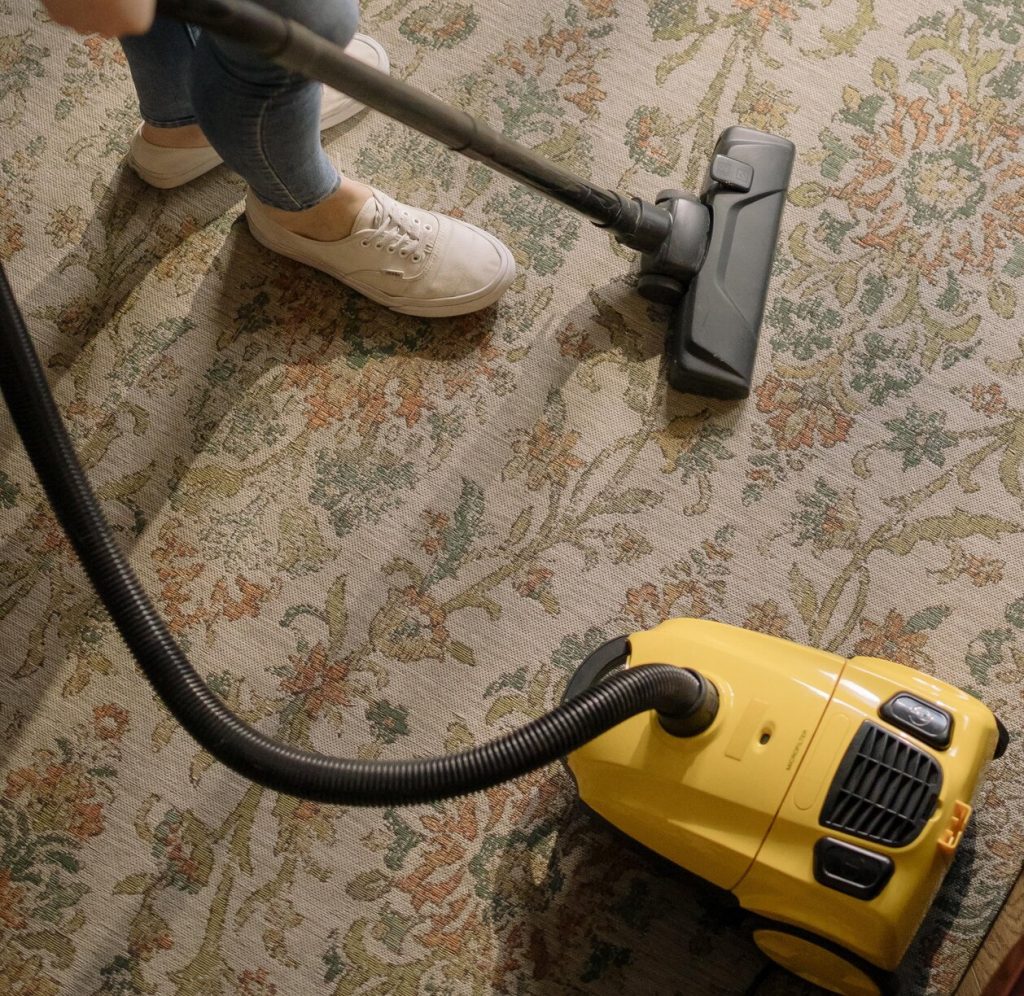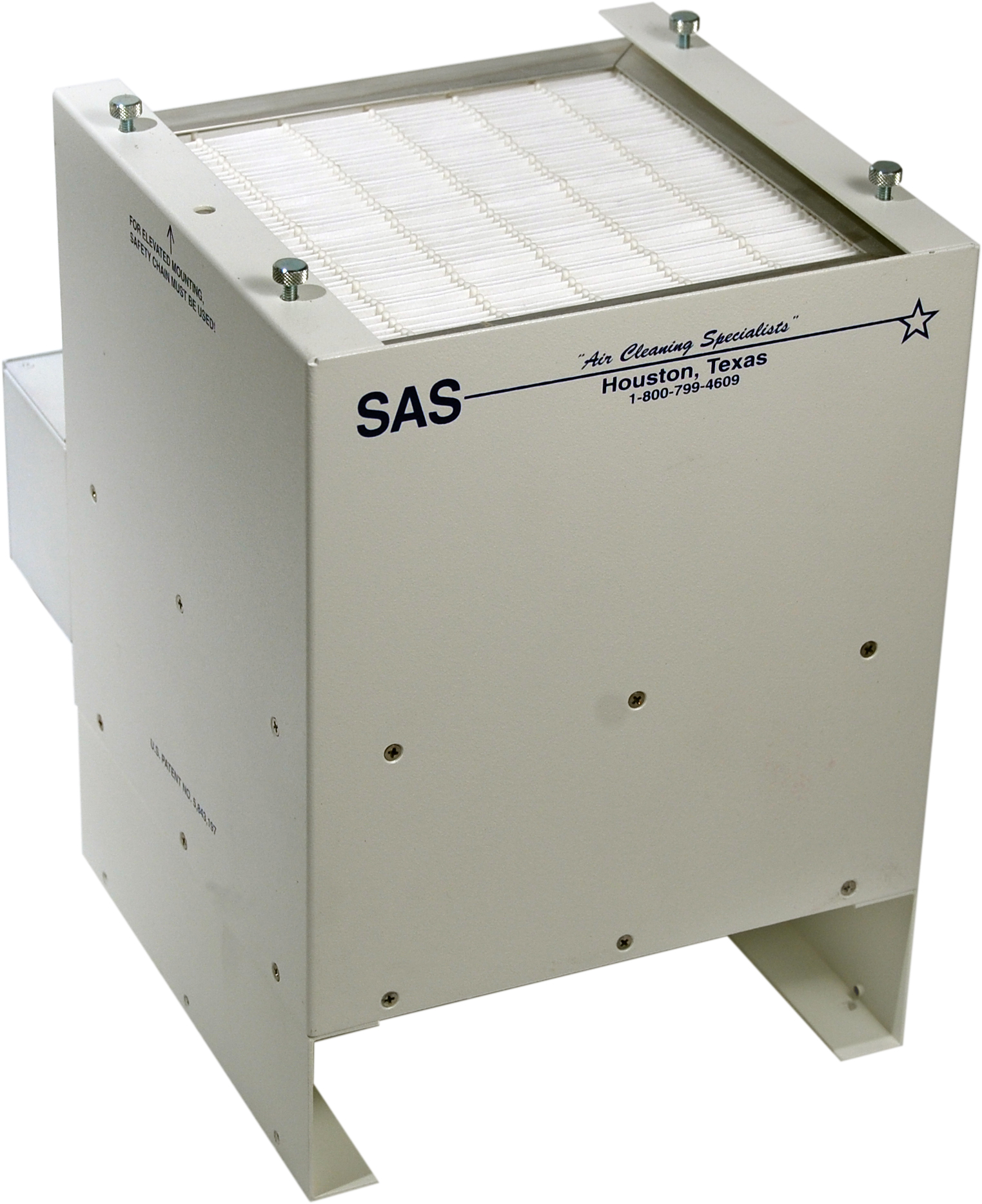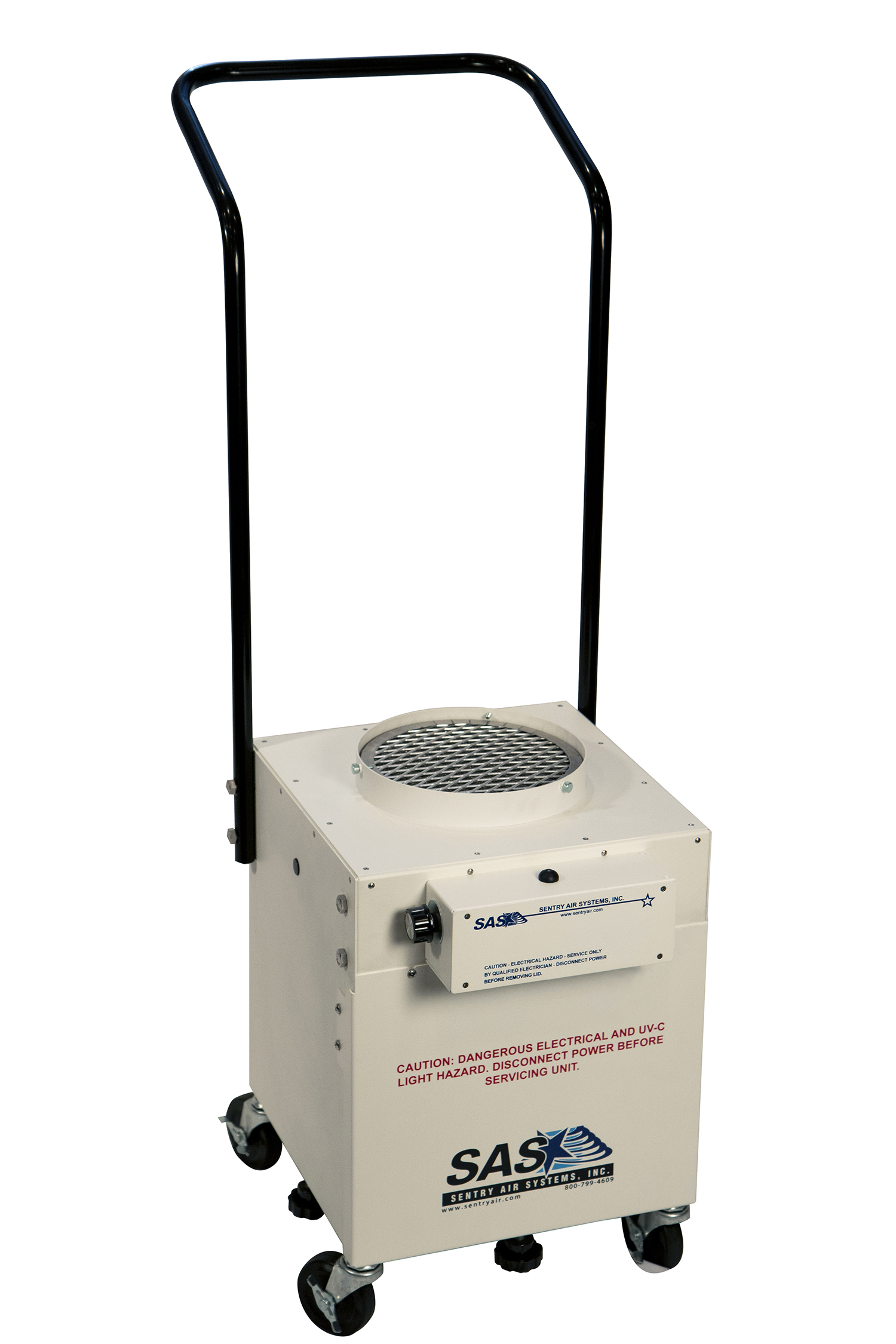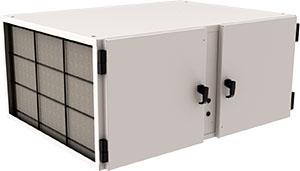
Over the past few years, there has been a growing concern with overall Indoor Air Quality with pollutants being entered into the home and office space more frequently. As research has indicated, people are now spending roughly 90 percent of their time indoors, with a much higher risk of being exposed to health hazards that range from low volatility to life-threatening.
Additionally, indoor air pollutants can be especially dangerous to children, the elderly, individuals suffering from chronic illness, disease, or respiratory sickness.
Your Guide to Clean Indoor Air
Indoor Air Quality is often an overlooked factor of one’s health and environment as it refers to the respirable air quality within a building, structure, or residence. Implementing safety measures and controls to minimize the most common indoor air pollutants can help reduce potential health hazards. This guide will provide detailed information about what common air pollutants can be found, as well as solutions to help provide a better respirable environment for your home or workspace.
Indoor Air Pollutants, Examples, and Sources

- • Asbestos
- • Biological Pollutants
- • Carbon Monoxide (CO)
- • Formaldehyde/Pressed Wood Products
- • Lead (Pb)
- • Nitrogen Dioxide (NO2)
- • Volatile Organic Compounds (VOCs)
- • Pesticides
- • Radon (Rn)
- • Indoor Particulate Matter
- • Secondhand Smoke/ Environmental Tobacco Smoke
- • HVAC, Stoves, Heaters, Fireplaces, and Chimneys
- • Building Materials
Effects of Indoor Air Pollution
Asbestos
Asbestos, a heat-resistant fabric, used mostly for insulation, is most commonly found in older homes. If undisturbed, asbestos generally does not pose a health threat, however, elevated concentrations of asbestos can become airborne by cutting, sanding, or remodeling. If untreated, the quality of your indoor air can be severely compromised and expose individuals to SEVERE HEALTH CONCERNS, such as: Mesothelioma, Asbestosis, or Lung Cancer.
Biological Pollutants
The term biological pollutants typically refers to living organism produced waste and the shedding of substances that could harm the quality of the environment. From animal dander, dust mites, mold, and pollen, to more dangerous contaminations like bacteria and viruses, health hazards carry an equally wide variance of severity ranging from coughing, digestive problems, and sneezing, to influenza, chicken pox, or measles.
HVAC, Stoves, Heaters, Fireplaces, and Chimneys
Many indoor air quality problems stem from inadequate ventilation and the lack of routine maintenance. While this is a common problem found in many homes, it is also one of the leading causes of poor indoor air quality by releasing polluntants such as carbon monoxide, nitrogen dioxide, radon, and other harmful respirable particulates into the environment.
Reducing Indoor Air Pollution
When you hear someone mention air pollution, do you envision images of dark gray smoke coming out of a silo, or maybe a car with exhaust coming out of its pipes? Either way, you picture it, it is hardly ever in consideration of the fact that the most dangerous air pollutants can be found inside of your home, office, or workspace. While pollutants are considered ANY substance that contaminates the environment (water, air, atmosphere), there are common pollutants that can be found in your everyday living that you may not consider, and these are the indoor air pollutants that you need to be actively seeking to reduce.
Fortunately, there are several ways you can implement simplistic methods to cut down your risk of being exposed to indoor air pollutants and the health hazards they can present.

15 Simple Solutions to Improve Your Indoor Air Quality
- 1. Change your filters frequently
- 2. Clean your home, office, or workspace routinely
- 3. Utilize cooking vents
- 4. Make sure to “beat” carpets and rugs outside or in a cleanroom environment
- 5. Buy plants for indoors and remove them when they are dying
- 6. Invest in an air purification system
- 7. Have your residence or workspace checked for mold and allergens
- 8. Replace incandescent lights with fluorescent light bulbs
- 9. Control the humidity in your home, office, or workspace with a humidifier or dehumidifier (dependent upon your environment)
- 10. Purchase products that have the Energy Star label
- 11. Avoid smoking indoors
- 12. Minimize cluttered areas
- 13. Keep trash covered or closed
- 14. Dust, clean, and vacuum frequently
- 15. Ensure there are no leaky pipes, or standing water

 Made in the USA
Made in the USA


